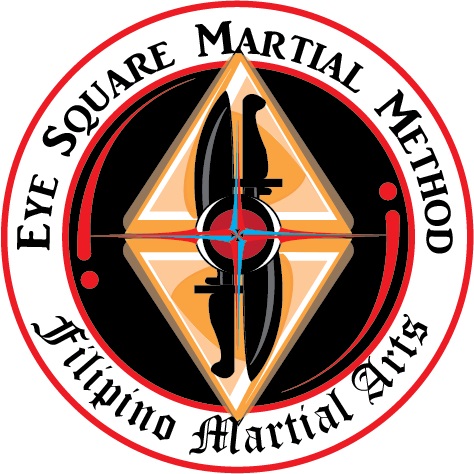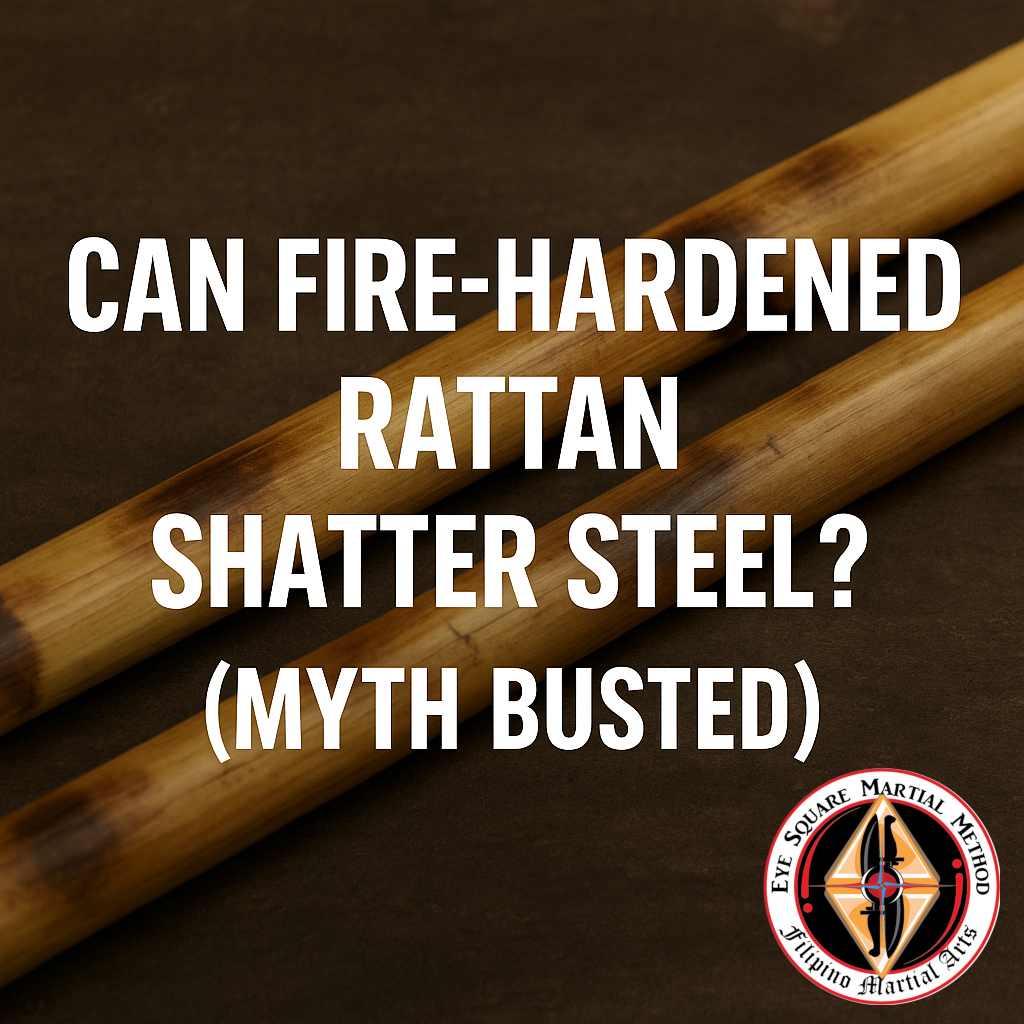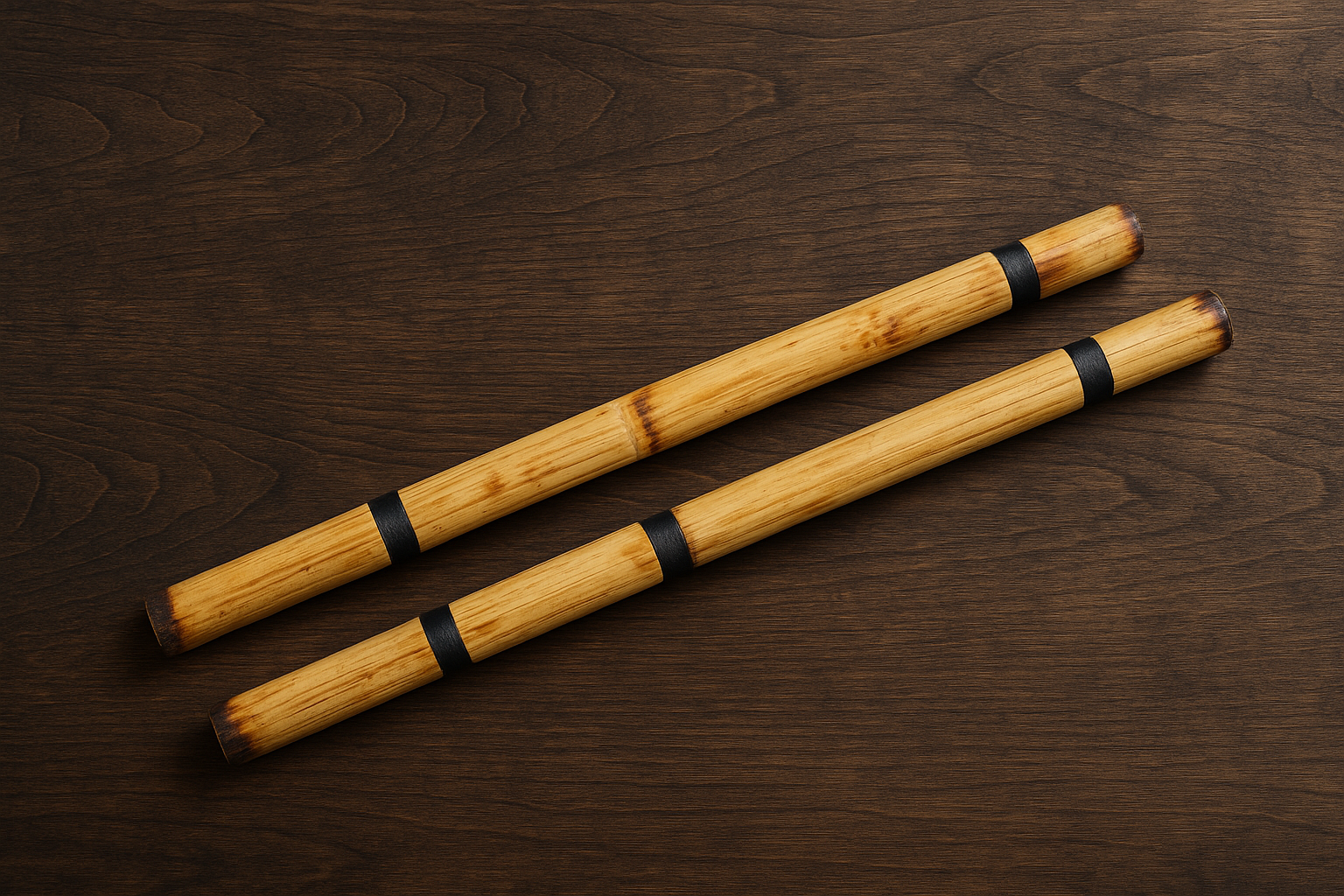You’ve probably heard the claim:
“Fire-hardened rattan is so strong, it can shatter a steel blade!”
It’s a bold statement — and one that sounds awesome if you’re into martial arts legends (lord knows, I’ve made the claim before!).
But let’s be clear: that’s a myth.
In this post, we’re busting the hype and diving into the facts. You’ll walk away understanding not just why the myth exists, but what rattan can actually do — and why it remains a powerful training weapon in Filipino Martial Arts.
🔥 What Is Fire-Hardened Rattan?
Fire-hardening is a traditional process where rattan is lightly scorched over flame or coals to:
- Remove excess moisture
- Slightly stiffen the fibers
- Give it a toasted finish and increased snap
The result is a firmer, crisper stick — often favored for durability in impact training.
But fire doesn’t magically make rattan invincible. If anything, it can make it more brittle over time with repeated stress.
🧱 Rattan vs. Steel — The Science
Let’s compare what we’re working with:
| Material | Traits | What Happens in a Clash |
|---|---|---|
| Rattan (Fire-Hardened) | Flexible, tough, lightweight | Can crack wood or dent soft metal |
| Steel (Even Mild) | Dense, hard, elastic under pressure | Absorbs or resists stick impact |
| Cheap Decorative Steel | Brittle, poorly made | Might snap — but that’s on the steel |
🔍 Can rattan damage steel?
Sure — it might scratch or dent low-quality metal. But shattering real steel? No way.
❓ So Where Did This Myth Come From?
Like many martial legends, this one likely came from:
- Stage demos where rattan struck cheap replica swords
- Misinterpreted sparring results
- Impressive breakage of wood or aluminum training gear
- The dramatic sound rattan makes on contact — it feels powerful
Over time, stories get passed down and embellished. A cracked prop becomes a “shattered blade.”
And suddenly, rattan turns into a mythical force.
💪 What Rattan Can Do
Let’s give credit where it’s due. Rattan can:
- Shatter coconuts or split wood with force
- Hold up through intense sparring
- Leave bruises (ask any of our students)
- Help simulate blade mechanics safely and affordably
That’s why we choose rattan at Eye Square Martial Arts.
Not because it’s magic — but because it’s functional, battle-tested, and smart.
🥋 The Real Power is in the Practitioner
Weapons don’t make warriors — training does.
A stick is only as dangerous as the person wielding it. That’s the real lesson in Filipino Martial Arts:
Power comes from structure, timing, and intent — not myths.
🔜 Coming Up Next
What makes a good rattan stick for training?
Length, diameter, grip — we’ll break it all down.
Stay tuned for: “How to Choose and Care for Your Rattan Sticks.”
🗯 Want to Experience the Real Thing?
Train with us. Learn to move like a blade — even with a stick in your hand.
Cultural Preservation… with Bruises.



